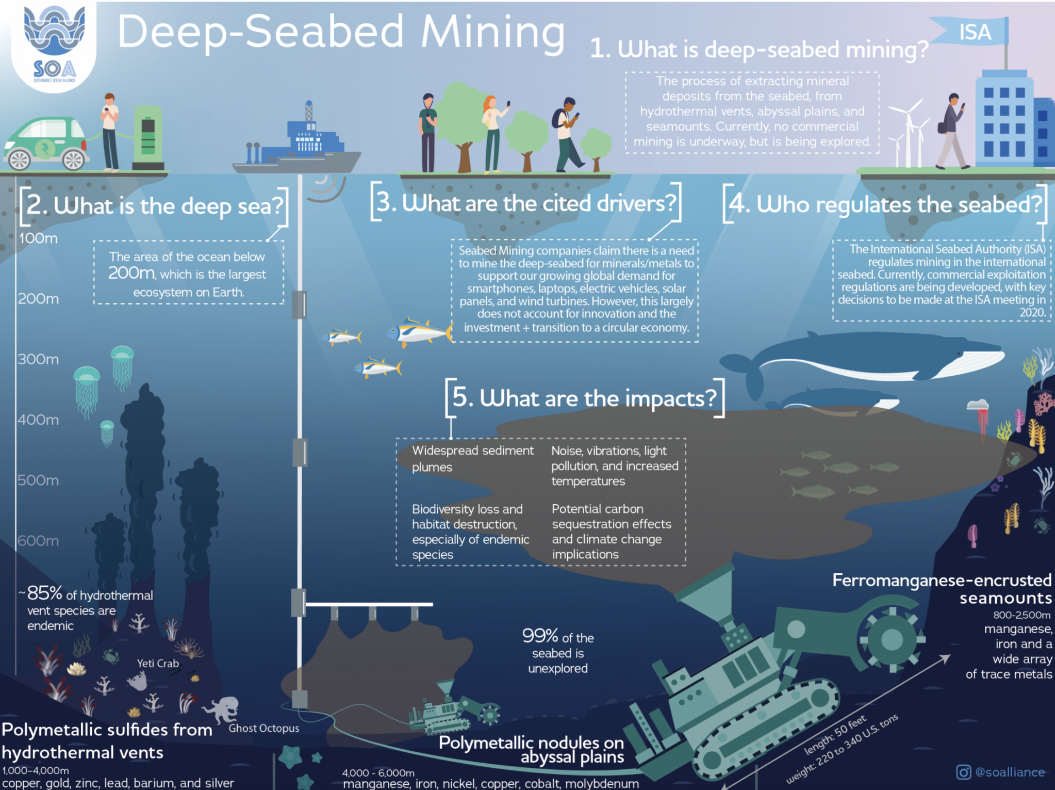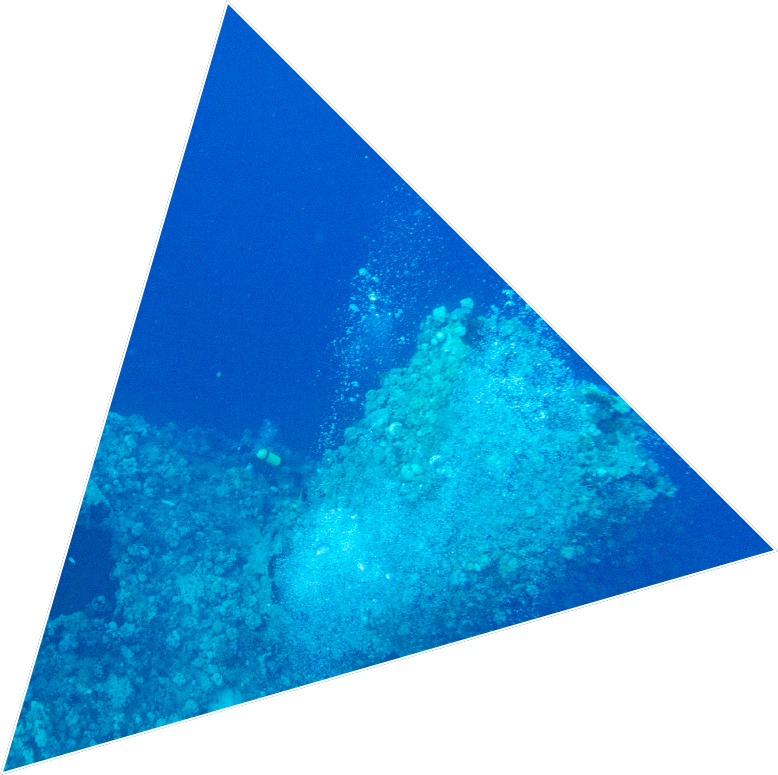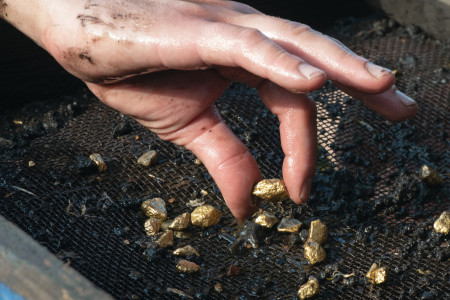When we discuss the innovation and clean technologies needed to mitigate the climate crisis, we often overlook the need for some minerals and materials that are instrumental in driving the development of green technologies. We see a rising demand for exploiting minerals on the world’s seabed, and countries like the US, China and, more recently, Norway are turning to the controversial practice of deep-sea mining.
Deep Sea Mining (DSM) is the practice of retrieving mineral deposits from potato-sized nodules that dot the ocean floor, typically more than 600ft below sea level. These nodules contain cobalt, copper, nickel, and many other minerals required to produce green technologies such as EVs, solar panels and wind turbines.
DSM is controversial because it becomes a source of geopolitical tension due to weak regulatory oversight. Despite the UN Convention on the Law of the Sea mandating that states govern deep-sea mining on seabeds within their national jurisdiction, 60% of the ocean bottom is located beyond the jurisdiction of individual states. In these waters, deep sea exploration and exploitation are regulated by the UNCLOS – International Seabed Authority, which is not compatible with many states’ interpretations of domestic maritime laws.
On the one hand, DSM is being considered a viable solution to the global shortage of transition-critical raw materials. On the other hand, and from an environmental perspective, the deep sea is the largest habitat for life on the planet, and thus, it has a wealth of biodiversity. The techniques used to conduct DSM also pose a risk to the marine environment, including pollution from sediment plumes and wastewater discharge, noise, and light pollution, in addition to habitat damage. Alas, another climate transition solution dichotomy.
For more information: https://www.reuters.com/graphics/MINING-DEEPSEA/CLIMATE/zjpqezqzlpx/






